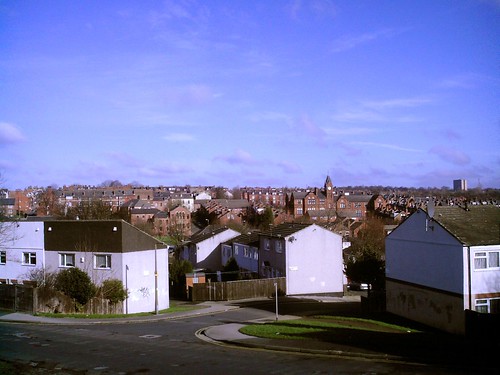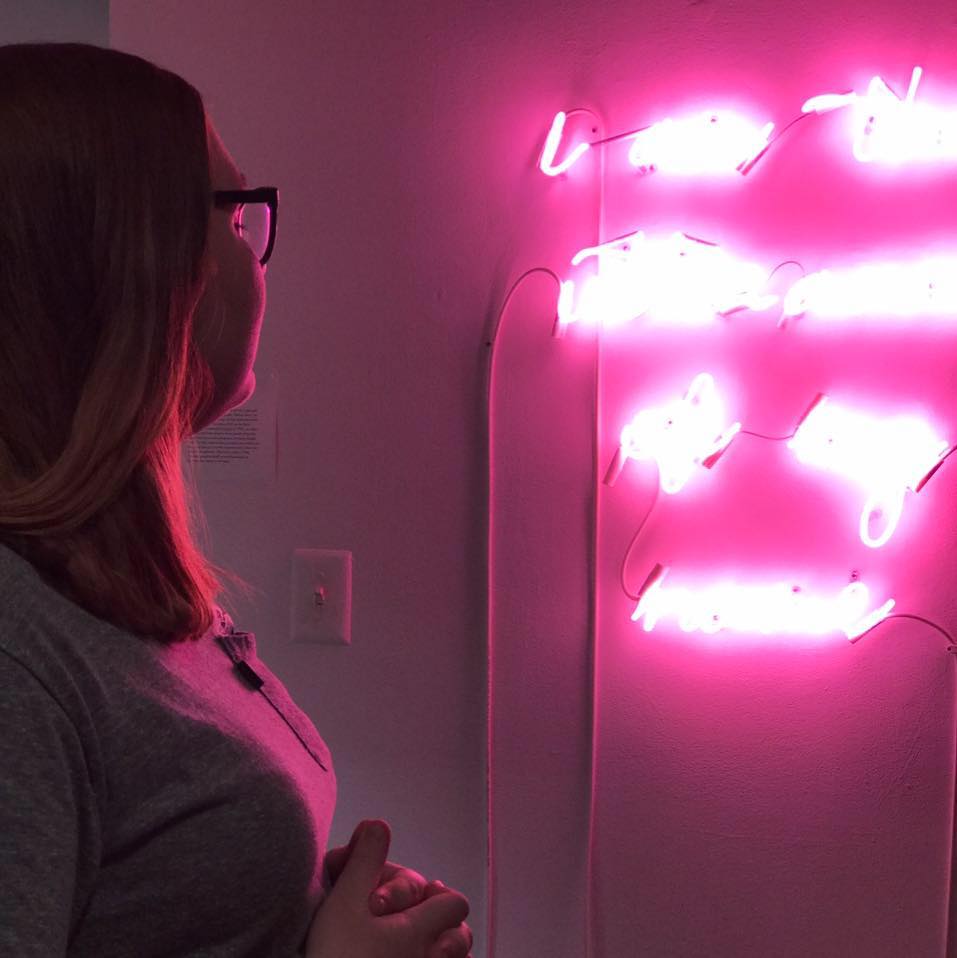Written in Fall 2019 for Psychology of Women: A Race Class and Gender Perspective
My experience with race has been a complicated one because of repeated shifts in my racial and geographical environments during my early childhood. For the first four years of my life my family, consisting of my mother, father, and myself, was economically middle-class, living in an almost entirely White town in rural Texas. This negated my need to investigate how my skin color differed from others.
However, at the age of four, my parents divorced and I was raised by a single mother who moved us often from town to town. Four years later, in second grade, we moved to urban Austin and I was placed in a diverse school with no racial majority in place. I remember realizing at this time that others were different, but because of the lack of any racial majority, and due to the privilege of my skin preventing me from experiencing any race-based discrimination, I simply noted the difference and lived my life without critically examining that difference.
My first notable understanding of race, specifically Whiteness, as “my race” and “others” as opposed to uncategorized differences in race came in third grade when my mother moved us to her suburban hometown, an area that was predominantly upper-middle class and White. I bring up this difference in class along with race because it affected my identity within this community greatly. My mother was still poor, but she indicated to the school district that I lived in my grandparents’ house located inside the district. I was instructed by my mother to keep our real address and financial status as a secret.

The school district had a program that allowed a select group of students from the city to attend the schools within my district. Most of these students were Black identified, living in low-income neighborhoods like I did. Because of this, I was torn between two groups I aligned myself with. Whether reflecting on my race or my class, I felt out of place. I was White, but poor, so I didn’t feel like I fit in with my White peers, as I viewed Whiteness as inherently tied to wealth. Conversely, I was poor, but because I was White and because I could not outwardly express this identity, I also didn’t consider myself a part of this group, as I viewed Blackness as inherently tied to poverty.
It was because of this cognitive dissonance and a negative experience with a Black classmate that I began to regress and hold covert resentment towards racial “others” Black people. I wondered why “all of them” were poor, although I only made this association because this was the only experience I had with Black people. I avoided playing with them because I perceived them as rude and brutish, generalizing my one negative experience with a Black student to the entire race. Outwardly, I never said anything about their race, but one could tell I had a negative attitude towards them based on my actions. When expressing my thoughts on race to my mother, she would often change the subject, and later told me it was because she thought I was too young to have the “race talk”.
Reflecting on my experiences with race up to this point in my life, direct links to Helms’ (1992) idea of ‘White racial identity development’ can be seen. Contact, the first phase of this development, can be clearly seen in my early grade school years, as I had no definitions of or interest in investigating my race and others’ race. However, when I moved to a White, upper-class town, I appear to have entered the disintegration phase, exemplified by the internal conflict I experienced between my White identity and my low-income identity. This conflict led me to reintegration, which I experienced in the form of viewing all Black people as poor, rude, and not worthy of my time and attention, while still outwardly pretending to not be racist and to have a color-blind attitude.
The next phase in the White racial identity development is pseudo-independence, which didn’t come about for me until high school when we had mandatory seminars on racism, sexism, classism, and other ‘-isms’ in my freshman year. It was at this point that we were taught in a very cold, clinical way to not engage in overt racism, without deeply investigating the roots of our prejudice and the history of racial discrimination. This is something I recognized in Peggy McIntosh’s essay in Race Class & Gender An Anthology, wherein she describes her schooling not teaching her at all about her White privilege, and that she was taught to acknowledge the racism of her people in the past but to view current racial identity as morally neutral (Anderson & Collins, 2016). The “-isms” seminars taught us about the history of race relations in the United States, about slavery, manifest destiny, segregation, the internment of Japanese-Americans during World War II, and other historical incidents of racism, but had the general attitude of “well, thank goodness racism is over now!”, which was bizarre considering the fact that the seminars were set up to combat current racial discrimination issues.

I did not start to deeply investigate my personal identity as a racial being, questioning what exactly entails being White, and confronting my own biases until my senior year of high school, when I decided to take a course on the history of feminism, which included investigations of race and class along with gender, almost like a simplified version of the course I am in now. This phase is referred to as immersion/emersion and is where I would currently place myself in due to my persistent racial guilt and reluctance to insert myself into discussions of the experiential nature of race, all characteristics of the final phase, autonomy. That is my next step in my experience and understanding of race, which I hope to at least begin working towards over the course of the semester and afterwards, a never-ending journey that will go on only if I continue to put conscious effort into it.
References
Anderson, M. L., & Collins, P. H. (2016). Race, class & gender an anthology (9th ed.). Boston, MA: Cengage.
Helms, J. E. (1992). A race is a nice thing to have: A guide to being a White person or understanding the White persons in your life. Topeka, KS: Content Communications.
